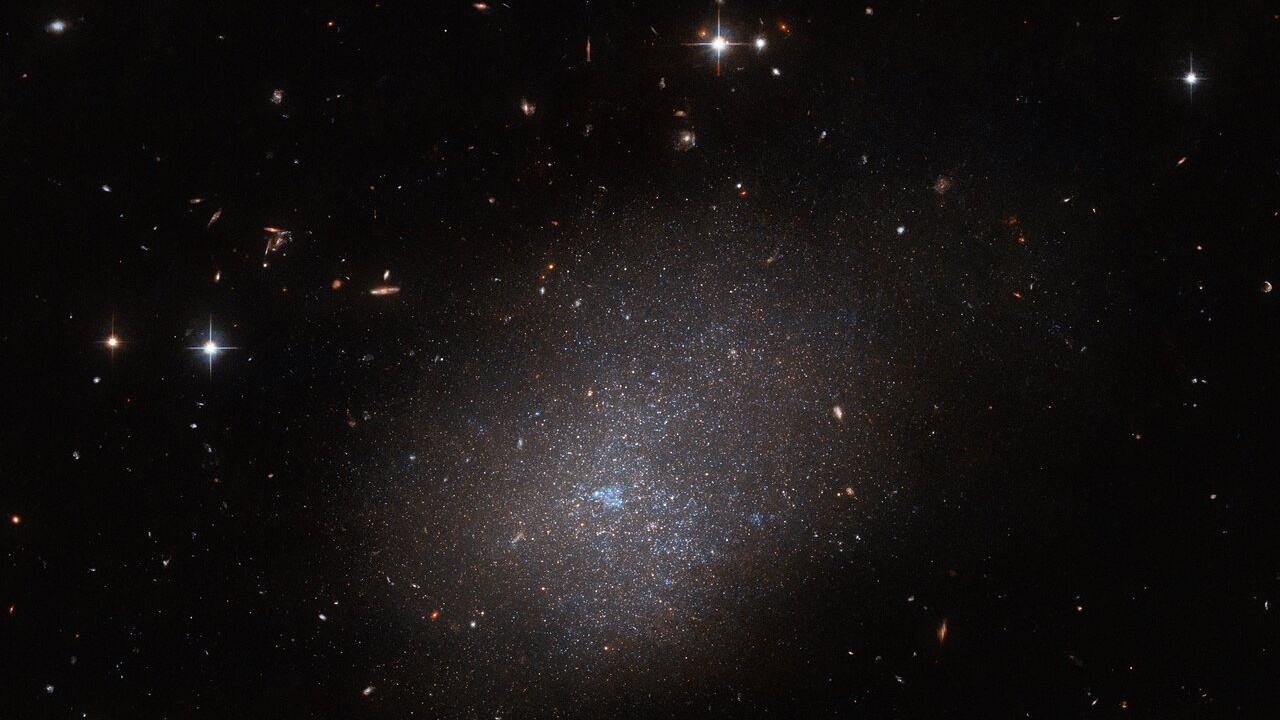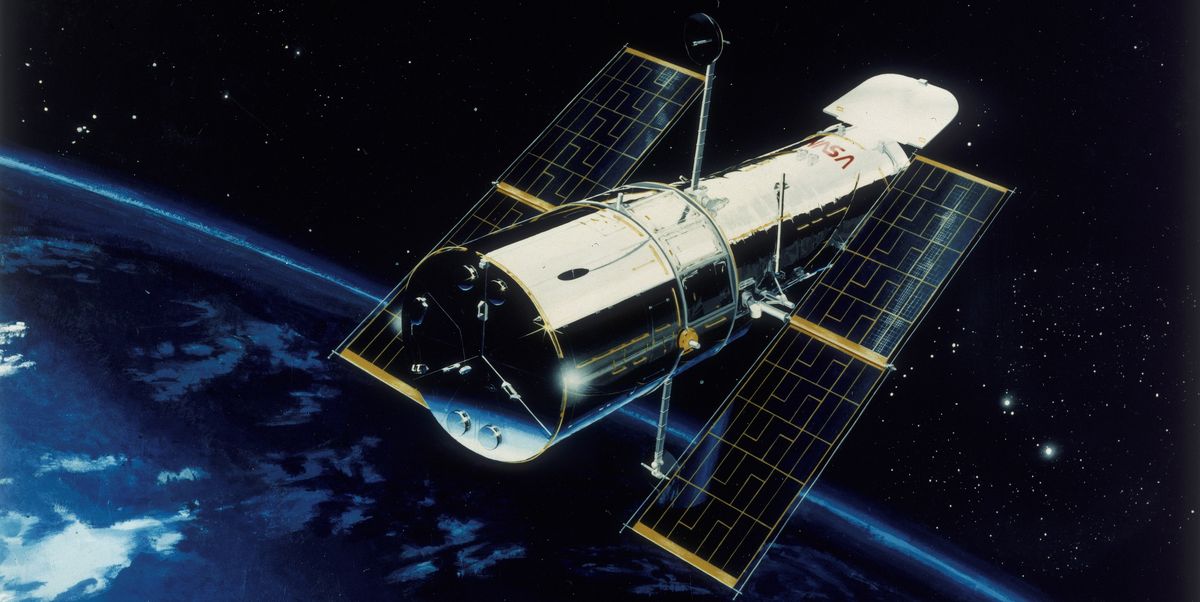Hubble Space Telescope Captures ‘Ghostly’ Cosmic Spectacle of Sparkling Stars in Stunning New Image

New Hubble Space Telescope Image Reveals ‘Ghostly’ Glow in Galaxy (Photo: Space)
Hubble Space Telescope Captures ‘Ghostly’ Glow in Galaxy ESO 300-16
According to Space news, in a recent image captured by the Hubble Space Telescope, a distant galaxy, known as ESO 300-16, shimmers due to the gentle radiance emitted by its multitude of diminutive stars. Situated approximately 28.7 million light-years away from Earth within the Eridanus constellation, this galaxy presents itself as an ethereal expanse of glimmering stars set against the profound darkness of the cosmos. The photograph from Hubble space telescope also encompasses additional galaxies and stars, offering a captivating glimpse into the broader cosmic vicinity.
ESA officials from the European Space Agency remarked that ESO 300-16 holds a prominent presence in this image, resembling a spectral congregation of stars that bears a resemblance to a sparkling cloud. This recent depiction of ESO 300-16 was obtained using the Advanced Camera for Surveys instrument, a part of the collaborative Hubble space telescope mission led jointly by NASA and ESA. This endeavor forms part of a broader series with the goal of surveying neighboring galaxies in our galactic neighborhood, thus enhancing our understanding of Earth’s cosmic companions.
READ ALSO: SNAP Emergency Allotment Stops — Food Insufficiency Rates Jumps
Hubble Space Telescope’s Mission: Surveying Nearby Galaxies, Highlighting the Irregular Galaxy of ESO 300-16
The European Space Agency (ESA) officials have revealed that the Hubble Space Telescope has diligently observed approximately three-quarters of the known galaxies suspected to be located within 10 megaparsecs (equivalent to 32 million light-years) of Earth. This meticulous observation has enabled astronomers to resolve the brightest stars within these galaxies and accurately determine their distances from us. To further expand our understanding of nearby galaxies, a group of astronomers has proposed the utilization of small gaps in Hubble’s observing schedule, ensuring that we can acquaint ourselves with the remaining quarter of these cosmic neighbors.
ESO 300-16 stands out within this celestial tapestry, classified as an irregular galaxy due to its unique characteristics. It boasts an indistinct shape and lacks the traditional features of a nuclear bulge or spiral arms. Instead, ESO 300-16 takes on the form of a cloud, with its myriad of tiny stars clustered together. These stars emit a soft, diffuse light that envelops a central bubble of bright blue gas within the galaxy. Additionally, the image captures brighter foreground objects, representing nearby stars, galaxies, and even some captured by the Hubble Space Telescope, providing a captivating glimpse into the cosmic panorama.
READ ALSO: Power Outages In California Brought By Tropical Storm Hilary









